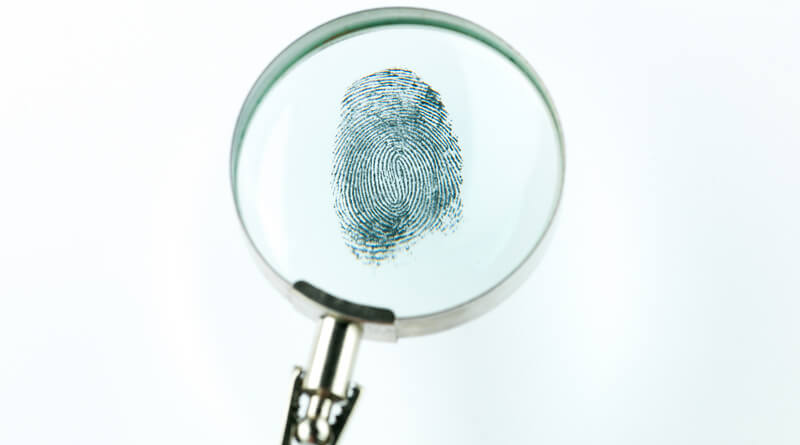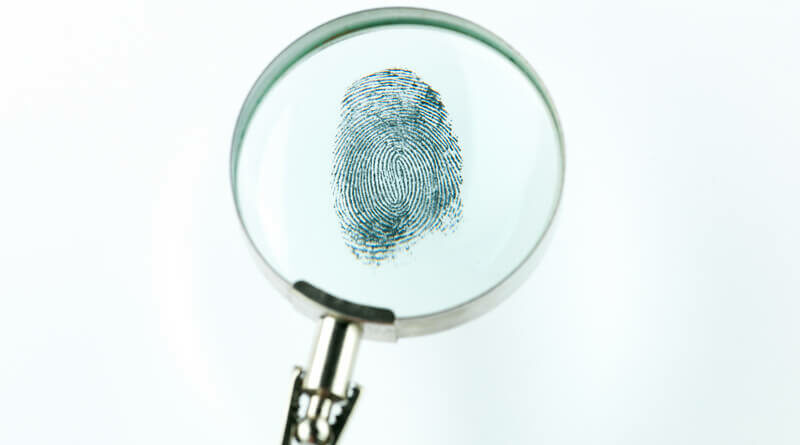Biometric Data: What is it and Can Companies Have Faith That It Is Secure
Biometrics is a cutting edge technology that is almost certain to play a large role in the future of many of the world’s top companies. In short, biometrics are any metric that is derived from human features. This could apply to any feature on the human body.

A good example of common biometric tech today would be the fingerprint or facial recognition technology available on Apple iPhones. Of course, future uses of the tech will be more complicated, but the iPhone example illustrates how close we are to having this kind of tech be a more present factor in our everyday lives.
Biometric systems hold a lot of practical uses for businesses, governments, and personal usage. Biometric tech is ideal for securing systems and locations and reducing the use of passwords, which are inherently less secure than tying access and permissions to a person’s specific traits.
Despite the fact that these systems will almost universally enhance security within organizations, biometric systems of the future will likely store some very personal data about us. That comes with warranted concerns for the security of that data.
What are Biometrics, and What is Biometric Data Used For?
Biometrics are used as a way to measure a person’s physical characteristics to confirm their identity and provide access to specific systems. There are many different features on the human body that could potentially be scanned by biometric systems — fingerprints, iris, hands, voice. There are an unending number of ways that can be combined to verify a person’s identity. The information that is detected on the scan is matched to data stored in a database.
Most biometric systems consist of three components:
- A Sensor. The device that records your information. There are many different types of sensors that these systems may employ.
- Computer. A computer is used to store the information collected by the sensor.
- Software. The software connects the computer hardware and the sensor and is in charge of how that data is processed and stored within those systems.
Many of us are already using biometric technology every single day. We might use it to unlock our smartphone, log in to our bank account, or enter an access area at work. However, biometric data is also very useful in the medical field where doctors may use it for retinal scans and genetic tests. Police use biometric data like fingerprints at crime scenes. The uses for the technology are growing with each passing year.
Types of Biometric Data
While the types of biometric data is sure to grow in the comings years. For right now, there are six different types of commonly collected biometric data:
- Facial recognition: These systems typically measure the unique dimensions of a person’s face by analyzing contours. The tech is often used in security and law enforcement.
- Voice recognition: These systems measure the unique soundwaves that our voices produce. Your bank may use voice recognition to verify your identity when you call, to verify that you are the account holder.
- Iris recognition: These systems identify the unique patterns present in a person’s iris. The iris is the colorful area of the eye that surrounds the pupil. This tech is currently common in many security systems and applications.
- Fingerprint recognition: Captures the unique pattern of a person’s fingerprint. Currently used in many applications including smart devices.
- Hand geometry recognition: These systems measure the length, width, thickness, and surface area of a person’s hand. These are less common but typically used in some security applications.
These are just the common applications of today. It is possible that as the tech advances and more companies embrace biometrics that we will see the number of uses expand rapidly.
Is Biometric Data Safe and Secure?
There are some very serious privacy concerns that come with biometric data. Biometric data is very personal and it’s natural for anyone to want to ensure the safety of their own data. As with any system, there are multiple points in a biometric system where vulnerabilities may exist.
Any collection of data could potentially be at risk. Because biometric data would be incredibly useful, it makes a pretty enticing target for hackers as well. Biometrics will become more common, which means that individuals will have to trust more companies with their data. If it becomes too commonplace, people (and companies) may get complacent about ensuring the security of the data.
The other worry is that biometric data is more sensitive than other types of information. If your password were hacked, you could always change it. You can’t change your fingerprint. Additionally, criminals could potentially duplicate pieces of your physical identity to gain access to systems.
There are some laws in the works in the U.S. to govern the way that this data is stored and transferred, but no current laws are directly tied to biometric data at this time.
Luckily, there are a few steps that you can take to protect yourself:
- Choose an experienced biometric partner: Make sure that you choose an experienced biometric technology partner for your business. M2SYS is the market leader in the biometric technology. They have 17 years work experience, in the biometric technology deployment projects. As one of the leading biometric technology vendor in the market, they have a very high reputation for providing a top-notch solution for their customers.
- Use strong passwords: Make sure that you make any of your data as hard to access as possible. Change your passwords often, and ensure that you are using best password practices (including capital letters, numbers, and symbols) to reduce the chances of your account being compromised.
- Limit where your biometric data is stored: The more places that you have biometric data stored, the higher the chances are that a system could be compromised. Make sure that you are limiting the ways in which you use biometric data, monitor where it is stored, and keep an eye for security updates or releases from those companies.
- Use two-factor authentication: Using an addition PIN number that is sent to your phone or other form of authentication can help you to keep your accounts safe.
- Opt out when available: You may not always have to store your biometric data. When you are using a system that analyzes biometric data, check to see if there is a way to opt out of storing it. For instance, Facebook allows you to opt out of their facial recognition settings.
Taking these simple precautions can go a long way toward keeping your biometric data safe.
Prepare for the Future
Biometric systems and data might be a small part of our lives now, but we are almost assured to see this technology play a larger role in security, medical, and industrial applications in the future. Every single one of us should guard against out biometric data falling into the wrong hands.
This guest post is submitted by Nadia Bashir from Organimi.












